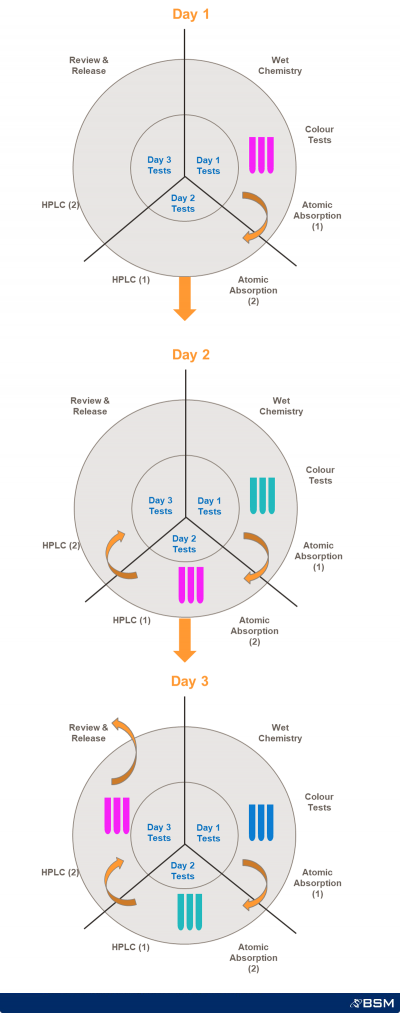Lean Tools versus Lean Systems
Since the emergence of the Toyota Production System (TPS) in the early nineties there have been many successful introductions of Lean manufacturing to all types of differing industries from Healthcare to Retail. Providing Lean consulting services has become big business. But without understanding the deeper principles behind Lean, companies can be too focused on the application of Lean Tools instead of deploying Lean as a holistic system. “Managers are struggling to combine lean techniques into a coherent system.” (Womack & Jones, Beyond Toyota: How to Root Out Waste and Persue Perfection, 1996)
The Toyota Production System (TPS) as described by Womack and Jones in their 1991 book, ‘The Machine that Changed the World’, has 5 guiding principles:
- Define Value from the Customers Perspective
- Identify the Value Stream and Eliminate Waste
- Make the Remaining Value Flow
- Flow Value to the Customer only at the Rate of the Customer
- Pursue Perfection
At its core, TPS is a way to flow value to customers without interruption at the right rate. However, all too often TPS has been simplified, or dumbed down, to simple “waste elimination”. This is further compounded by a limited understanding of the three different types of waste, Muda, Mura and Muri. As a result, many weaker Lean initiatives focus only on eliminating Muda. These weaker initiatives often confuse implementing Lean Tools with actually implementing a Lean system. For example, I recently worked with a Quality Control (QC) testing laboratory that had undergone its own internal Lean initiative. The lab had implemented a number of Kanban systems to manage supplies. They had put a lot of effort into a 5S program, organizing all the lab space and equipment impressively with “a place for everything and everything in its place”. They had an elaborate visual management board displaying all of the samples currently awaiting testing within the lab. The lab looked great! However, despite the implementation of all of these recognized lean tools, there had been no improvement in the labs underlying performance. The throughput time for testing samples had not decreased. The backlog of testing was the same. The number of people required to complete the testing had not changed.
Toyota uses Lean tools, or countermeasures as they call them, only to impact upon their specific problem i.e. How to flow value to the customer at the customers’ desired rate with minimal waste or defects. The tools themselves are only useful if they are addressing a specific problem. This lab had confused using lean tools with operating a truly lean system. Once the lab understood this we set about redesigning their entire testing value stream so as to make it flow at the desired rate of the customer. We did this by level loading the workload of the lab. In the case of the lab their “customer” is the manufacturing department. We knew that the manufacturing department produced samples (or lots) at the rate of 3 per day so the lab needed to match this rate for each of the 5 QC tests required. If we could do this we would finally be testing at the rate of the customer. In order to achieve this we used a Heijunka tool called a Rhythm Wheel. A Rhythm Wheel is a fixed, repeating, cycle of activities. We designed our Rhythm Wheel to repeat every three days, this allowed us to level the workload of the individual analysts and flow the “Value” to our customer at a steady rate. Figure 1 demonstrates how the Rhythm Wheel works. Three samples arrive each day. They begin at the same point on the wheel each time, where they receive the “Day 1” tests. Samples move around the wheel each day, from Day 1 to Day 2 to Day 3. By the end of Day 3 the first set of 3 samples is completely finished and leaves the wheel. Once up and running the wheel outputs 3 samples every day which exactly matches the customer rate.
Figure 1: Rhythm Wheel in Action
The old process was very inconsistent with average throughput times of 16 days per sample. Our new levelled Lean process was consistently faster with throughput times of only 3 days, a staggering 81% reduction. Although we did use tools such as Process Maps and Kanbans, to pull the testing around the wheel, the individual tools themselves are not what delivered the dramatic improvement in lead time. Like Toyota, our improvement was derived by implementing a “Real Lean” system that lets value flow to the customer at the desired rate. I hope this demonstrates that it is the overall Lean System and not the individual deployment of Lean Tools that delivers truly Lean performance.
At BSM we’ve developed true Real Lean solutions in almost every Life Science environment. Talk to us and we’ll help you to deliver real improvements in your department’s performance.
Our consultants can provide further information on the above and discuss any aspect of Real Lean Transformation, simply set-up a call today.


